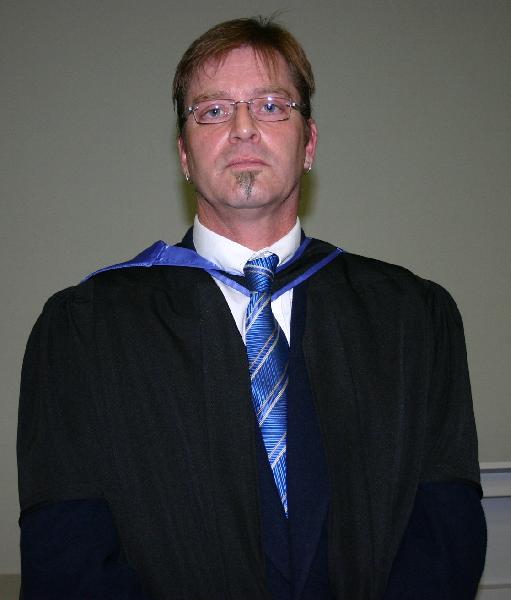
Celebrated professor of Fine Art, academic and philanthropist Dominic Thorburn was welcomed to his Professorship at an inaugural lecture entitled "Making an Impression: Navigating the fine print - Mapping a larger picture" last week. In this lecture Prof Thorburn charted the course of print’s history, from woodcuts and engravings through to lithography and then on to today’s photomechanical and digital technologies.
The wonderful thing about the inaugural lecture series is that it gives platform to enlightened individuals who freely proffer the fruits of their lifelong efforts and convey the complexities of their greatest passions, and this event was no exception.
Prof Thorburn is a global authority on the medium known as print-making, an art to which he has dedicated his life. He explained that print-making is in fact the original and most ancient art form and that all of us are print-makers from a very early age.
Just as the earliest known artwork and primordial image in our visual memory is the handprint on rock or cave, we are taught in our first years to transfer the active agent of pigment with our hands onto a receptive surface. This is the ultimate act of human self-affirmation that universally declaims “I am here. I am human.”
These enigmatic glyphs represented the burgeoning of symbolic communication and it is this ancient impulse for permanent visual affirmation that evolved into the many media which dominate our lives today. The print was therefore the most crucial of human inventions as it fuelled innovations in communication and dissemination of knowledge.
The era of cave art was replaced with one of religious and utilitarian prints, an epoch which faded with Johannes Gutenberg’s invention of the printing press. This was a crucial turning point as it resulted in prints that were endlessly duplicable. Print therefore became an interlocutor, a discussant in a dialogue with the social collective.
Print cannot be defined as a mere technique. It is a philosophical activity which both generates and receives meaning. Prof Thorburn reasons that there is a need to challenge conventional hierarchies which value ‘finer’ arts over print and prefer originals to copies. It is precisely this ability of print to organically multiply and reach a wide audience that makes it art’s most potent and relevant medium.
The essential duplicability of print also renders it a democratic art-form. Indeed its history is inextricably linked with that of oppression and liberation. Its public nature makes it a compelling catalyst for social change.
In South Africa this marriage of art and defiance dates back to the cave art era, where we see enigmatic images of African resistance against the earliest European invaders. During the liberation struggle, print proved an invaluable weapon which took the form of graffitti, posters and banners - essentially a visual vocabulary of public iconography. It was during the struggle that artists - often forced to work in exile - began calling themselves ‘cultural workers’ as the term ‘artist’ had elitist, inaccessible, Eurocentric overtones.
Professor Thorburn then cited several examples of innovative public art which navigates the territory of collective creativity. He concluded his speech by suggesting that we resurrect the term and re-imagine the role of artists as cultural worker and creative intellectuals. A thunderous applause filled the theatre as the audience absorbed the profundity and revelation of what had been said.
